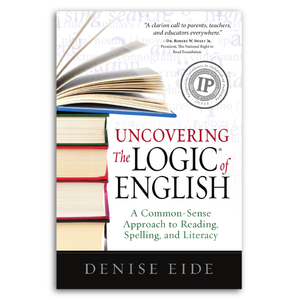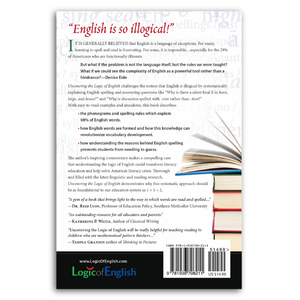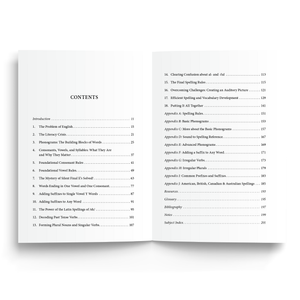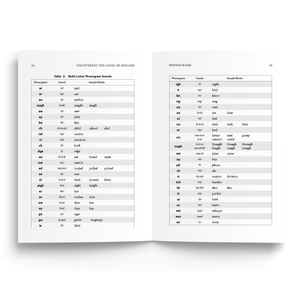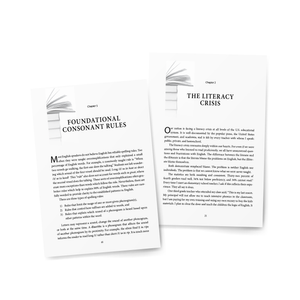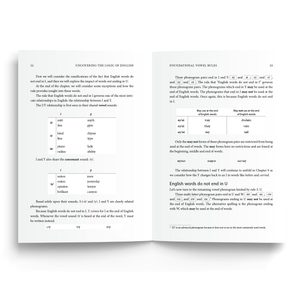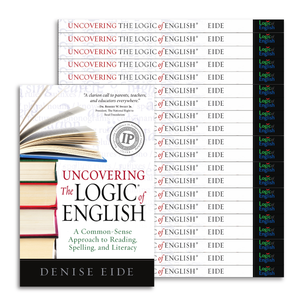Symposiums! Books! Articles! Videos! Facebook groups! All about the Science of Reading. The term is everywhere…but what is it? As a former English teacher, it is interesting to watch the world of literacy change and evolve. There was a lot of change and learning done throughout my 10 years in the classroom. I wish I would have known about the Science of Reading when I first became a teacher.
What is the Science of Reading?
The Science of Reading is a multidisciplinary body of research that includes neuroscience, cognitive science, education and developmental psychology. This research has been gathered for decades to shed light on how people learn to read. This multidisciplinary research focuses on the whys and hows of reading in the brain and how pathways are formed in the brain for fluent, successful reading. Teaching practices based upon this research are believed to be most effective for early literacy. So what does the research say?
Research studies show that unlike learning to speak, learning to read is not intuitive. The brain learns to read through explicit and systematic instruction. There are five main components to good reading instruction: phonemic awareness, systematic phonics, fluency, vocabulary and comprehension. These components were identified by the National Reading Panel when they released a report in 2000 that reviewed 100,000 studies.
Along with these five components of good reading instruction, the Science of Reading research also includes the Simple View of Reading. This states that reading comprehension is not a stand-alone component but the product of decoding skills times language comprehension skills.

Reading is a very complex topic, but the Science of Reading research helps to identify the key pieces that we need to keep in mind when looking at early literacy education.
What does literacy instruction based in the Science of Reading look like?
Instruction should be explicit and systematic. It should include all five major components of reading instruction and show how reading comprehension is built by teaching both decoding and language comprehension skills. By offering explicit and systematic instruction, teachers are able to help students orthographically map words which will help them in overall reading comprehension. When a word is orthographically mapped, the letter-sound connections of the word are bonded to the spelling, pronunciation and meaning of the word.
If I would have known as a teacher what I know now, I think I could have changed the lives of some of my struggling students. I didn’t understand the whys of the English language but thought that some words were odd or exceptions, and we had to memorize them. This lack of applied logic did not help my students to orthographically map words they came across but instead frustrated them.
Of course when my students felt like they were failing, I felt like I was failing them, so it led to a lot of frustration from everyone. If I would have known about phonograms, accurate spelling rules that make sense, and schwa, it would have saved us all a lot of headaches.
Where should you start?

There’s so much out there to sort through; it can be hard to know where to get started. I started with Uncovering the Logic of English by Denise Eide, and it was mind-blowing. I would share information I was learning with all of my students, and from the struggling students to my honors and advanced placement seniors, everyone found the facts about the English language interesting. I remember one advanced placement student getting so excited to learn that C softens to /s/ when followed by an I, E, or Y. He said he really wished someone would have taught him this sooner, and this was going to change his ability to spell words!
A few other places to learn about the Science of Reading include:
- How Your Brain Learns to Read by Denise Eide
- The Reading League
- The Center for Literacy and Learning
- Science of Reading–What I Should’ve Learned in College Facebook group






